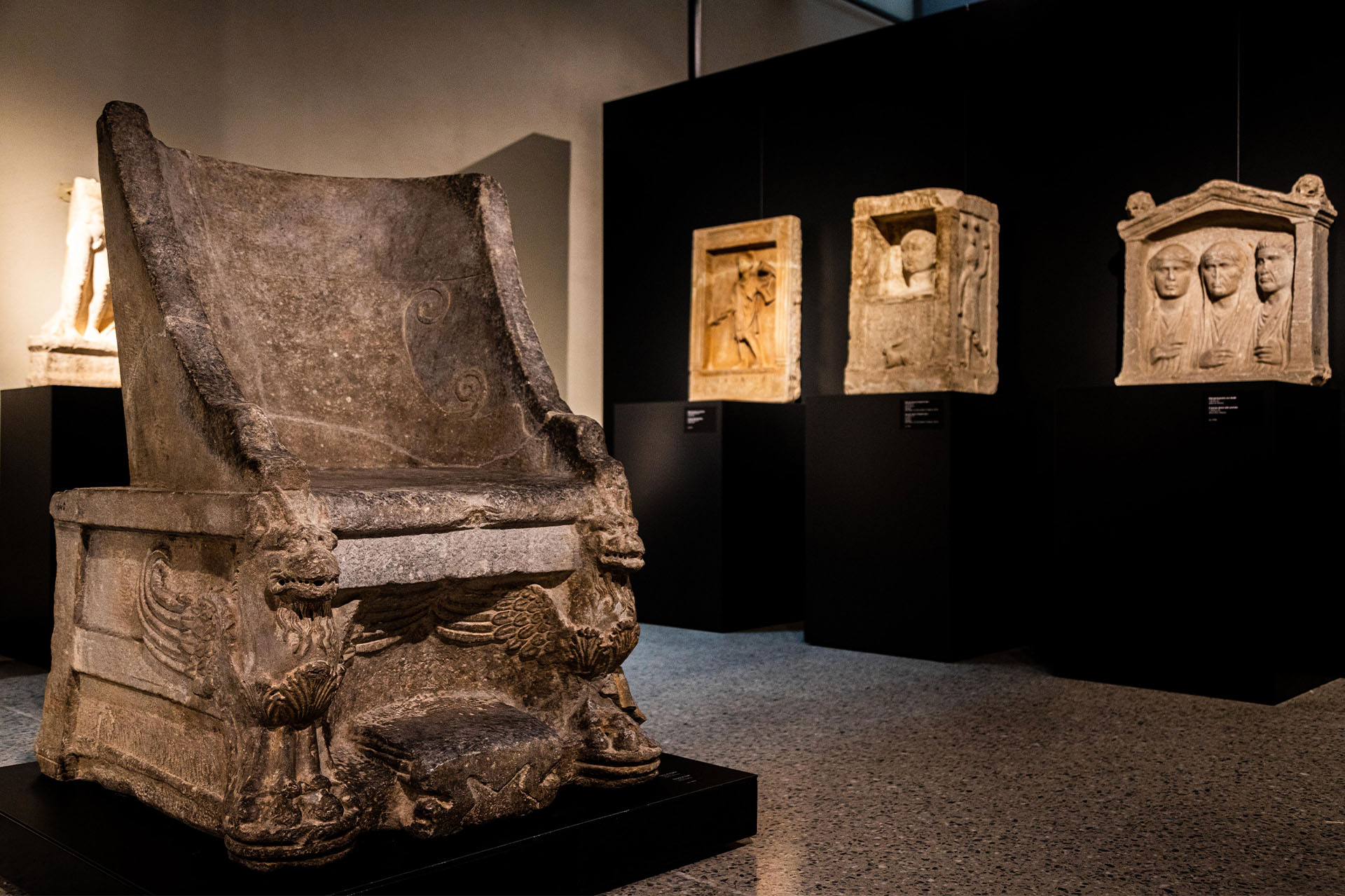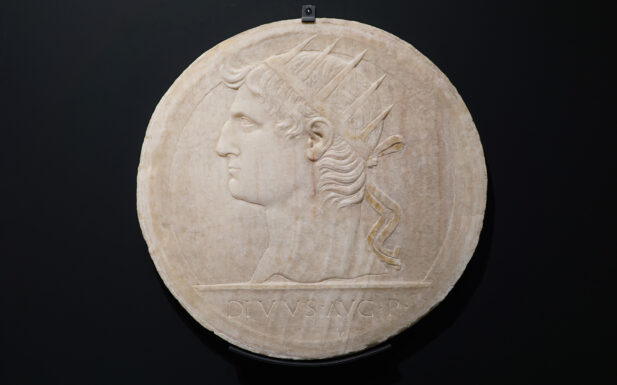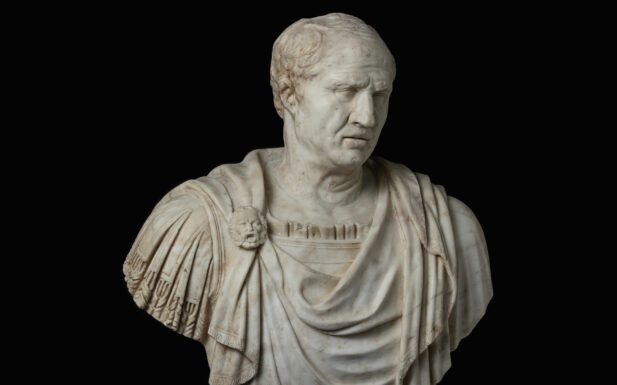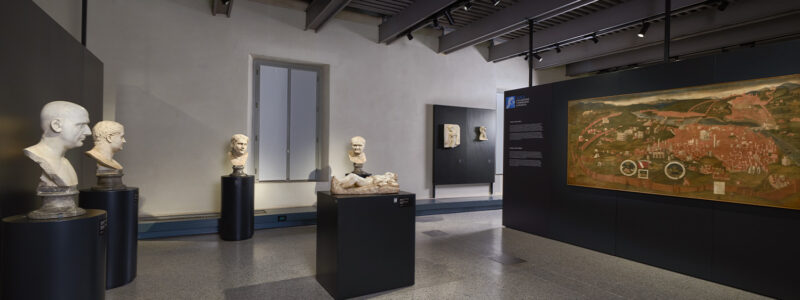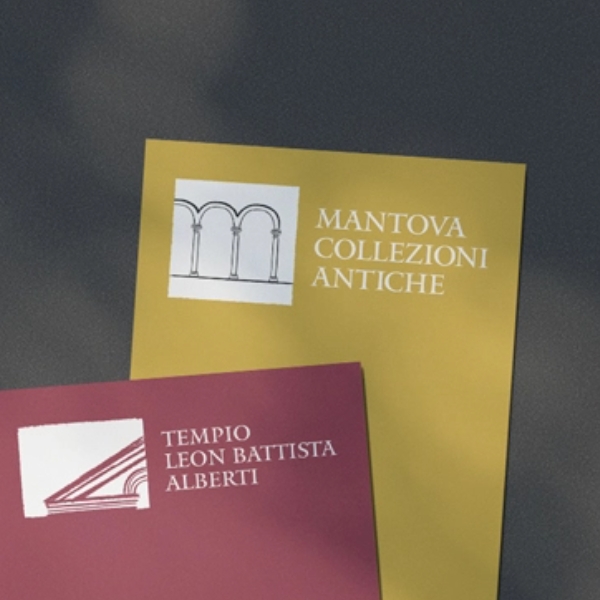This is a seat of honour made of bardiglio marble with traces of polychromy, from a Greek type from the 4th century BC, from the first row of a Greek theatre in the Ionian area, from the area of Colophon near Smyrna in Asia Minor, reworked in the Middle Ages probably for use in a church as an episcopal seat.
This is a work of extraordinary plastic workmanship and great emotional impact, which local tradition identified as the Throne of Virgil, as if to reserve for the supreme poet the role of prince and patron of the city. Reading the Greek inscription on the front of the marble throne – although damaged – makes it possible to identify its original location with certainty.
The Throne was a seat of honour in the theatre of an important port city of Asia Minor (Notion / Colophon on the Sea), dedicated to Dionysus and the people in the late Hellenistic period. This is well shown through comparisons with an almost twin inscribed throne from the same theatre and now in the Izmir Museum, along with others, from neighbouring areas as well as from the Greek world. Its provenance is particularly interesting for various aspects, including a curious ‘myth-historical’ coincidence, and in particular for the circulation in the West of this type of seat, often reused in the Middle Ages as bishop thrones (and in Rome even as pontifical thrones) .

